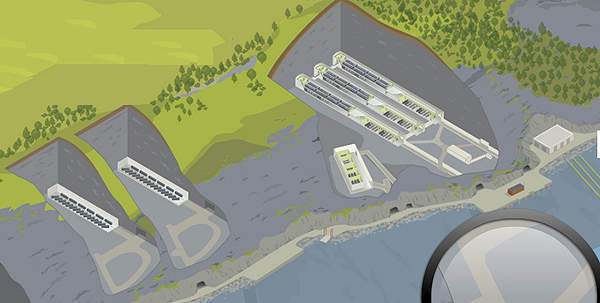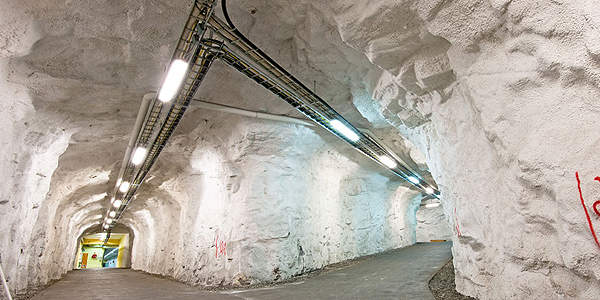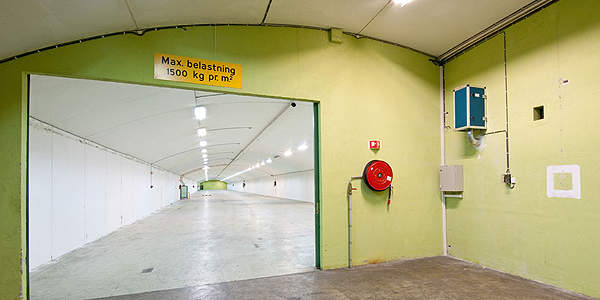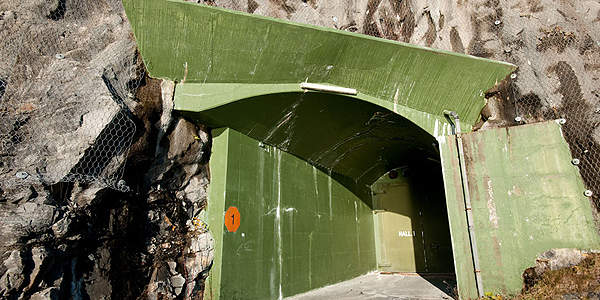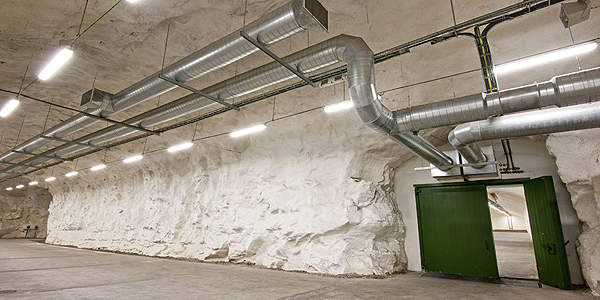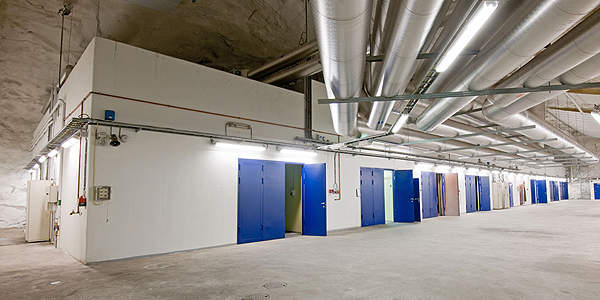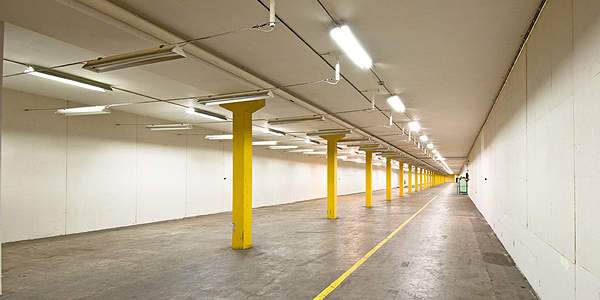Green Mountain Data Centre in the municipality of Rennesøy in Stavanger, Norway, will be the greenest (of its kind) colocation centre in the world. The 21,500 square metre facility is being developed by rebuilding an underground bunker which was formerly a secured ammunition storage depot of Nato. The old rock caverns project under the mountain also lies beside Norwegian fjords.
Power consumed by data centres across the globe is estimated to be sufficient for about 80 million homes. Data centres account for emission of about two percent of the carbon that goes into the atmosphere globally.
The rate of data created for storage is doubling every 18 months, necessitating development of green data centres. Green Mountain Data Centre is planning to offer around the clock services and operational reliability to attract clients from the US and Europe.
Smedvig, a family owned business, is the owner and is entirely funding the development of the Green Mountain Data Centre. Other collaborators for the project are the utility and services provider Lyse Energi and Norwegian information and communication technology company ErgoGroup.
In March 2012, a Nordic IT operator signed an agreement with developers to become the first tenant of the colocation centre and place its critical IT equipment there.
Norway’s Green Mountain Data Centre design specifications
The data centre sprawls deep beneath a mountain in Stavanger. Nato built a 13,000 square metre ammunition storage depot inside the mountain in 1964. The facility was expanded by about 8,500 square metres in 1994. It has a 100m long entrance tunnel with a 0.5m thick mountain security vault.
The tunnel leads to two-storey concrete building with storage halls. The mountain has three such interconnected mountain halls, each comprising 3,730 square metres of space. These halls are being redeveloped to house the IT infrastructure and communication systems.
There is also an administration building and workshop / warehouse space. The facility is dry all year round, with 100m slate rock acting as its roof. The centre will provide secure data storage and server solutions, with scope for expansion. The fenced facility will be continuously monitored through video surveillance and secured by access control systems.
A threshold fjord, 130 to 140m deep, near the mountain entrance tunnels has water at temperatures as low as 7.8°C during the year. Cold water will be drawn from a depth of about 100m from the fjord.
Heat from the halls will be drawn through titanium heat exchangers. Hypoxic air venting system will be used to eliminate the possibility of fire accidents. This technology improves the air quality and reduces the oxygen level at the sea level to 15%, thus preventing corrosion, fires and smoke. Location in the deep mountain also protects the data centre from natural disasters, volcanic eruptions and electromagnetic pulses from the sun.
Power source of the greenest colocation / data centre in the world
The Green Mountain project will use 100% renewable hydro electric power for 24×7 operations. It will receive about 7.5MW of power from three different power cable connections at start-up – Nordbø, Randaberg and Finnøy. When expanded, the supply will also be increased to about 17.5MW.
Proximity of the site to hydropower sources in the Rogaland region is also an advantage. Power costs in Norway are 40% less compared to the UK, which means lower operating costs.
Construction of the Green Mountain Data Centre in Rennesøy, Stavanger
The Green Mountain Data Centre will be built in two phases.
The first phase involves creation of about 7,000 square metres of data storage pools, which will be expanded to 9,000 square metres in the future.
Construction on phase one was started in March 2012 and will be completed by the end of the year. Fit-out of the centre will be completed by March 2013.
NCC Construction Norway has been awarded a NOK60m ($10.5m) initial contract for the construction of the facility.
The second phase of the data centre will receive another ten megawatts of power and accommodate additional data storage space in proportion. Eight independent power generators promise uninterrupted power supply.
Sustainability of the Norwegian Green Mountain Data Centre
The Green Mountain Data Centre will be an environmentally sustainable facility using efficient power equipment and supply for operations, high fibre capacity, modern infrastructure and green materials.
When fully operational, the Green Mountain Data Centre will reduce the IT carbon footprint by about 76,000t per annum, when compared with a similar data centre in the US or UK.
Use of natural water for cooling large amounts of heat will reduce the operational costs by about 30%.

